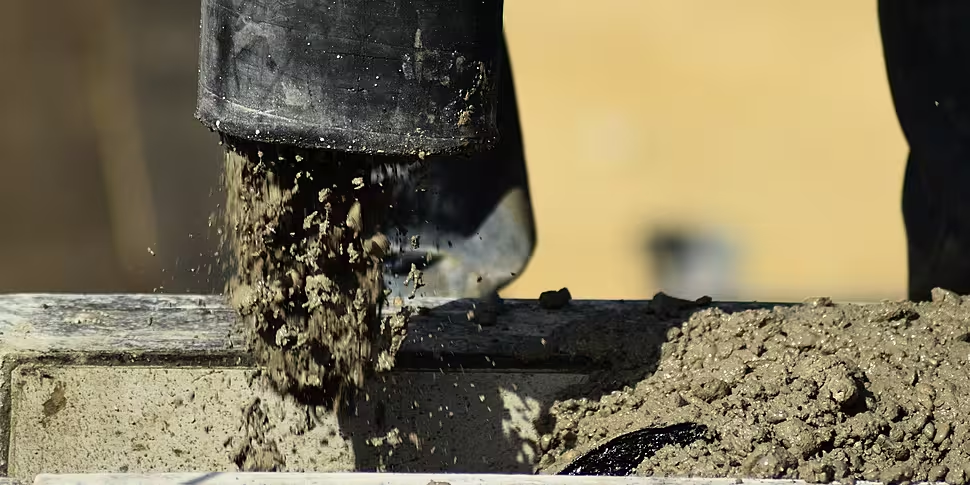If the cement industry was a country, it would be the third largest carbon dioxide emitter in the world with nearly 3 billion tons of CO2 per annum.
When it comes to thinking about climate change and playing our part in slowing things down, we naturally think of things like how we travel, the products we use at home, how we heat our homes, etc. We don't often look at the four walls around us and think they could be contributing to the problem. When in fact, concrete is said to be responsible for around 4-8% of the world’s CO2 emissions. Coal, oil and gas are the only materials emitting greater levels of greenhouse gases.
So why do we continue to see concrete being used so frequently? Professor Brian Ó Gallachóir, Director of MaREI – the SFI Research Centre for Energy, Climate and Marine, joined Jonathan Healy on The Pat Kenny Show to discuss.
Concrete jungles
After water, concrete is the most used substance on earth. Walk around any city in Ireland and you will see just how prominent concrete is. It is the foundation of the majority of modern developments, whether for residential or commercial uses.
Speaking about its prominence, Professor Ó Gallachóir said:
"We don't always consider embodied emissions. So, the emissions that are released when things are manufactured that we use, so from cars and trucks to the construction of power plants. And this is where concrete and cement, which is one of its key ingredients, really come into their own.
If the cement industry was a country, it would be the third largest carbon dioxide emitter in the world with about nearly 3 billion tons of CO2 per annum."
China and the US are the only countries that surpass concrete in terms of CO2 emissions.
As Jonathan points out, concrete is seen as a layer of protection in a lot of ways providing us with shelter in our homes, housing healthcare and educational facilities and more.
One such way this protective stance is backfiring though is where concrete has replaced the function of flood plains. So, for example, Professor Ó Gallachóir pointed out the floods in New Orleans after Hurricane Katrina, or in Houston after the Harvey hurricane.
"These were more severe because urban and suburban streets couldn't soak up the rain like a flood plain. So we're missing out on soakage as we use more and more concrete in our cities and towns."
How can we do better?
As it stands, scientists currently believe the biodiversity crisis we are facing is mostly being driven by the conversion of our green wilderness into concrete-laden industrial estates, residential properties and agricultural land. This is how we have operated on earth for hundreds of years – transforming untouched open spaces into homes, businesses, roads and other amenities.
If we are to continue as we are, the Global Commission on the Economy and Climate has predicted that global cement production will soon reach 5 billion tonnes per annum.
This coupled with the continued expansion of infrastructure in developing countries means the global construction industry could be emitting up to 470 gigatonnes of CO2 by 2050, violating the Paris agreement on climate change under which every government in the world agreed we need to reduce carbon emissions from the cement industry by 16%.
Speaking about potential solutions, Professor Ó Gallachóir said:
"We could look to introduce more rain spaces in our cities and towns. We could look for different materials that would displace the use of concrete – like more timber or bio-mass materials.
And also we can change the way in which concrete is produced. So we can improve the material efficiency. We can use bioenergy, for example, with carbon capture and storage and hydrogen as the energy sources we use to manufacture cement. And in this way, we can meet the future energy needs, but also reduce the emissions."
So if we are to reduce the effects of concrete on our planet, we don't only need to look at its production, transport and uses, we need to reset our minds to think outside the grey boxes we have become to accustomed to and think about what other more sustainable materials might be available to us – or do we really need to develop on our green spaces at all?
To learn more about climate research and other interesting topics, you can tune in to Professor Brian Ó Gallachóir on Green Scene, sponsored by ESB, on The Pat Kenny Show every Wednesday or catch up here.










